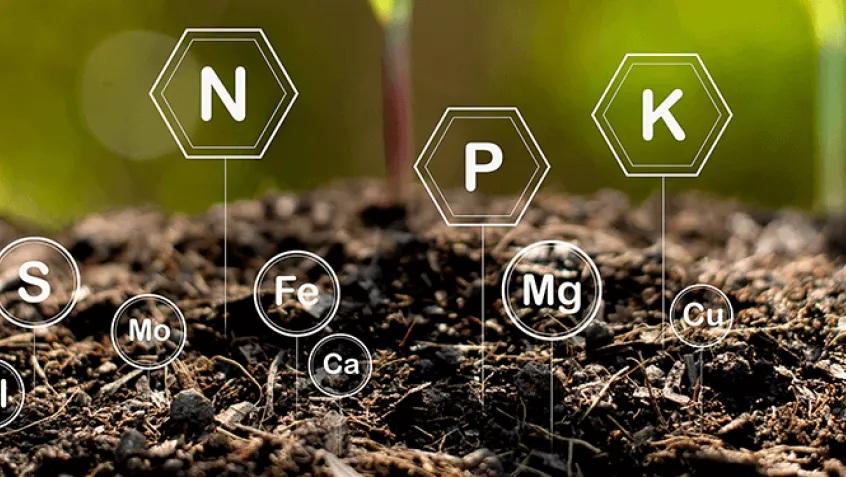
Plant Nutrient Interactions in Soil: Unlocking the Secrets Beneath the Surface
Soil is more than just a medium for plant growth – it’s a dynamic ecosystem where nutrients interact in complex ways. Understanding these interactions is key to optimizing crop health, yield, and quality. In this blog, we explore how nutrients behave in soil and influence each other, especially in the context of Indian agriculture.
What are Nutrient Interactions?
Nutrient interactions refer to how the presence or absence of one nutrient affects the availability, uptake, or function of another. These interactions can be –
- Synergistic: One nutrient enhances the uptake or effectiveness of another.
- Antagonistic: One nutrient inhibits the uptake or function of another.
- Neutral: No significant effect on each other.
Nutrient Interactions –
Nitrogen (N) and Sulfur (S)
- Synergy: Sulfur improves nitrogen use efficiency.
- Deficiency Link: Lack of sulfur can mimic nitrogen deficiency symptoms.
Phosphorus (P) and Zinc (Zn)
- Antagonism: Excess phosphorus can reduce zinc uptake, leading to micronutrient deficiencies.
- Management Tip: Balanced application is crucial, especially in calcareous soils.
Potassium (K) and Magnesium (Mg)
- Competition: High potassium levels can suppress magnesium uptake.
- Field Impact: May cause leaf chlorosis in crops like sugarcane and maize.
Calcium (Ca), Magnesium (Mg), and Potassium (K)
- These cations compete for uptake. Imbalance can affect root development and nutrient transport.
Iron (Fe) and Manganese (Mn)
- Antagonism: Excess manganese can reduce iron availability, especially in acidic soils.

Why It Matters in Indian Agriculture –
- Soil Diversity: India has varied soil types – black, red, alluvial – each with unique nutrient dynamics.
- High-Input Farming: Overuse of fertilizers can disturb nutrient balance.
- Climate Influence: Rainfall and temperature affect nutrient mobility and interactions.
Best Practices for Managing Nutrient Interactions –
- Soil Testing: Regular analysis helps identify imbalances and guides corrective measures.
- Balanced Fertilization: Use customized nutrient plans based on crop and soil needs.
- Integrated Nutrient Management (INM): Combine organic and inorganic sources for better synergy.
- Micronutrient Monitoring: Don’t overlook trace elements – they often interact with major nutrients.
- Crop Rotation and Residue Management: Helps maintain soil health and nutrient availability.
Conclusion –
Understanding nutrient interactions is essential for sustainable and profitable farming. By managing these relationships wisely, farmers can improve crop performance, reduce input costs, and protect soil health.
